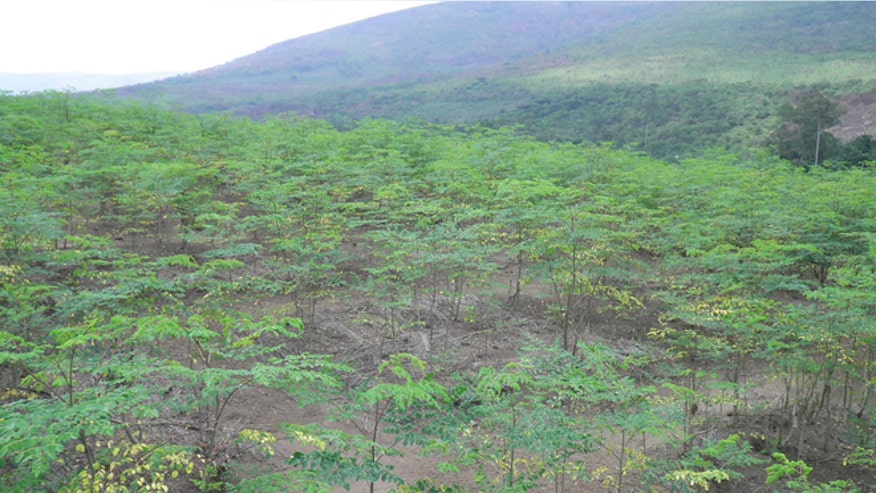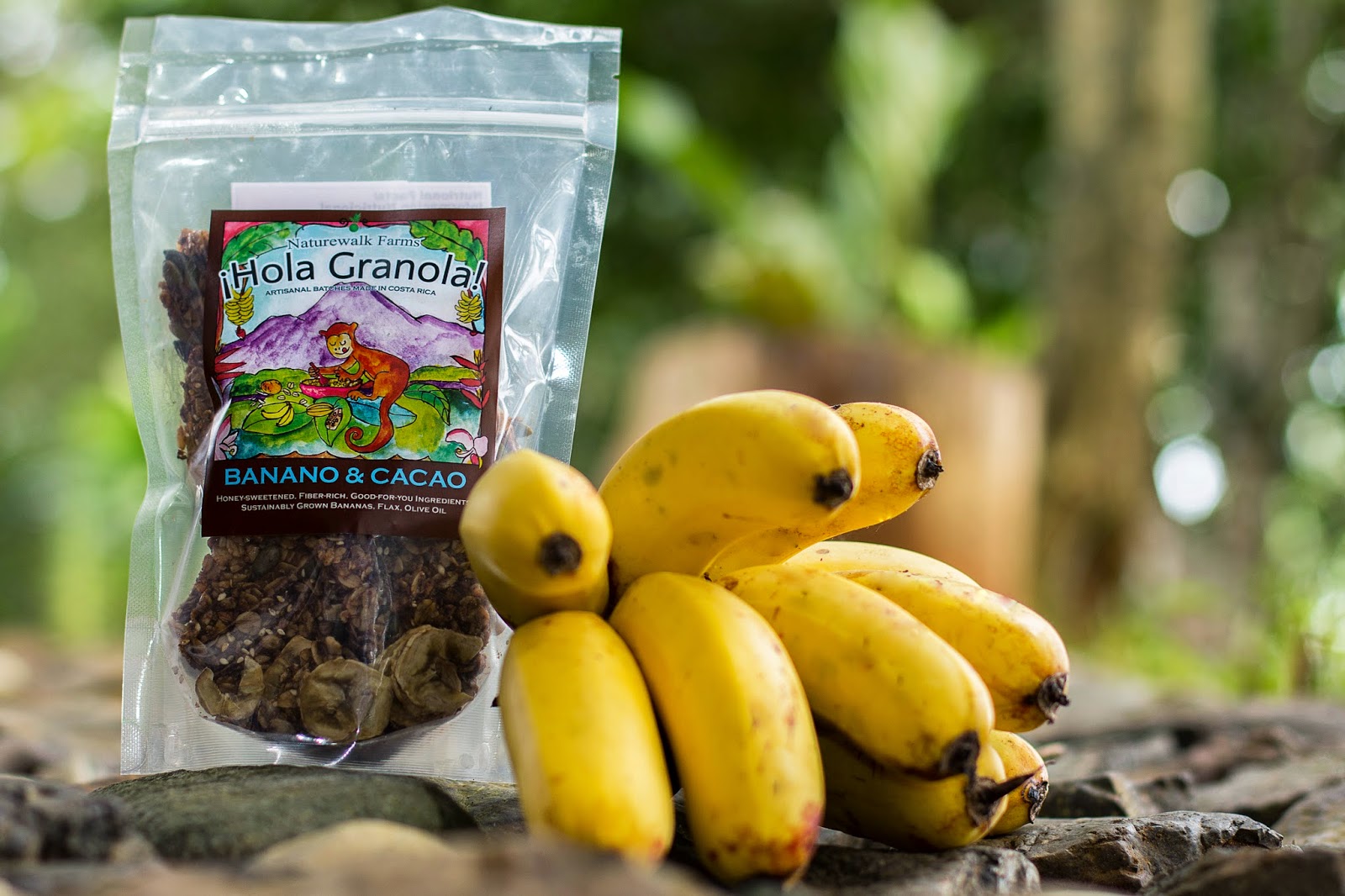
Views of a tree house in the Finca Bellavista development in Costa Rica. Credit Matt Berglund
PIEDRAS BLANCAS, Costa Rica — When he was growing up in Pennsylvania, Dave Angstadt’s favorite movie was “Swiss Family Robinson,” the story of a family living in a tree house on a deserted island.
Mr. Angstadt, 60, a business consultant and former professional basketball player, was thinking of the plucky Robinson clan recently, when he decided to invest $250,000 to build a 1,500-square-foot tree house in Finca Bellavista, a development in the jungle in southwest Costa Rica.
“Being self-sustainable, living in a tree, fending for yourself, figuring stuff out, always intrigued me,” said Mr. Angstadt, who plans to use the house as a personal retreat for friends and family.
Finca Bellavista, which is more than a mile from the nearest town and accessible only by unpaved roads, is one of several projects in Costa Rica targeting a new generation of buyers looking for an eco-friendly alternative to the second-home developments that line the coast.
While sales of second homes remain sluggish in the wake of the 2008 crash, eco-conscious buyers, primarily from North America, are playing an increasing role in the Costa Rica market, developers and sales agents say. And instead of $1 million beachfront homes, many of these buyers are interested in simpler, inland projects touting sustainable elements and with prices of $250,000 to $400,000. (Prices in Costa Rica are typically quoted in United States dollars.)

Views of a tree house in the Finca Bellavista development in Costa Rica. Credit Matt Berglund
“People are more humble,” said Richard Lemire, a developer in Manuel Antonio, a centrally located community on the country’s western shore. “Big homes are not so sexy anymore.”
Buyers in eco-centric projects typically base their purchase decision on a variety of factors, including the location and the investment potential, agents say. And not all of them are solely focused on saving the Earth.
“I wouldn’t say I am an environmentalist,” said Al Molnar, 47, who bought eight acres in a project in 2012.
Mr. Molnar, who owns a sports agency in Canada, spent $260,000 for the land in NatureWalk, a combination agriculture and residential development covering 1,200 acres east of the coastal town of Jacó, Costa Rica. A buyer must agree to allow 85 percent of the land to be used for crops such as vanilla, coffee, teak and pineapple; in return, the buyer receives the bulk of the revenue from the crops and the right to build a home on the remaining land.
Mr. Molnar primarily viewed the purchase as an investment, a way to diversify his portfolio. But he plans to build a home on the property, and he considers the sustainability aspects to be a bonus. “The fact that they weren’t destroying the land to develop it into something else,” he said. “It alleviated a little guilt about how things are being done in the world right now.”
Aware of buyers like Mr. Molnar, the developer of NatureWalk, the Canadian-based PRG Group, changed its marketing strategy. Instead of focusing on the environmental aspects, the developer now emphasizes the potential revenue, catering to what the company president, Tim Alexander, calls “economic environmentalism.”
Since beginning sales in 2011, PRG has sold more than 100 lots, with prices ranging from $55,000 to $100,000 for parcels of a quarter-acre to one and a quarter acres.
“It’s not a decision based on the eco-value,” Mr. Alexander said. “They look for both, but the investment comes first.”
Eco-developments also are benefiting from the growing group of buyers in North America concerned about the state of the world economy, local industry executives say.
Osa Mountain Village Resort, located in the mountains along the southern Pacific coast, is billed as “a sustainable, fully functional, food-producing resort community.” In addition to a secluded setting and enticing swimming pools, the resort offers residents a steady supply of fresh fruits, vegetables and other food items.
The availability of an independent food supply is a key component for many buyers, said the developer, Jim Gale. “Without the food production, we’d have 80 percent less sales,” he said. “The main thing is food security.”
Osa has sold more than 100 properties in the last four years, Mr. Gale said. Sixty of the 150 planned homes have been built, with prices ranging from $69,000 for a rustic 250-square-foot house to $259,000 for a 1,200-square-foot condo with full amenities.
In 2011, Dan Lutz, a chiropractor in Minnesota, paid about $125,000 in a pre-construction deal for a 1,300-square-foot apartment. He said he made the purchase because he was concerned that the United States was on an “unsustainable trajectory.”
“As far as I’m concerned, it just made sense to have a piece of real estate where you do have a guaranteed abundance of food, you have guaranteed abundance of water,” said Mr. Lutz, 44. “We had just went through a big recession, it was kind of scary. I thought I better have a Plan B.” For now, he uses the house on vacations, and loans it to family and friends.
In Finca Bellavista, the tree house development, the developers have sold 54 of the 96 available plots, totaling 100 acres, since 2006. Lots average about two acres and are typically priced from $40,000 to $80,000, depending on the location and accessibility.
Buyers purchase the land and the right to build a house in selected trees. At this point, 12 tree houses have been built, connected to the rest of the project by narrow trails, rope ladders and zip lines. Although amenities are few, there is a fiber optic connection to the base camp, as the developers call the headquarters, for owners who are not quite ready to completely discard civilization.
Mr. Angstadt’s custom-designed tree house will have a flushing toilet and a solar-heated hot water shower, in addition to a wide deck and extra high ceilings to accommodate his 6-foot-8 frame.
“I appreciate a good hot shower and I appreciate a flushed toilet,” said Mr. Angstadt, who hopes to start construction on his tree house in early 2015. “But I’m also quite happy out there getting muddy and washing off in the river.”
“It’s not a decision based on the eco-value,” Mr. Alexander said. “They look for both, but the investment comes first.”
Eco-developments also are benefiting from the growing group of buyers in North America concerned about the state of the world economy, local industry executives say.
Osa Mountain Village Resort, located in the mountains along the southern Pacific coast, is billed as “a sustainable, fully functional, food-producing resort community.” In addition to a secluded setting and enticing swimming pools, the resort offers residents a steady supply of fresh fruits, vegetables and other food items.
The availability of an independent food supply is a key component for many buyers, said the developer, Jim Gale. “Without the food production, we’d have 80 percent less sales,” he said. “The main thing is food security.”
Osa has sold more than 100 properties in the last four years, Mr. Gale said. Sixty of the 150 planned homes have been built, with prices ranging from $69,000 for a rustic 250-square-foot house to $259,000 for a 1,200-square-foot condo with full amenities.
In 2011, Dan Lutz, a chiropractor in Minnesota, paid about $125,000 in a pre-construction deal for a 1,300-square-foot apartment. He said he made the purchase because he was concerned that the United States was on an “unsustainable trajectory.”
“As far as I’m concerned, it just made sense to have a piece of real estate where you do have a guaranteed abundance of food, you have guaranteed abundance of water,” said Mr. Lutz, 44. “We had just went through a big recession, it was kind of scary. I thought I better have a Plan B.” For now, he uses the house on vacations, and loans it to family and friends.
In Finca Bellavista, the tree house development, the developers have sold 54 of the 96 available plots, totaling 100 acres, since 2006. Lots average about two acres and are typically priced from $40,000 to $80,000, depending on the location and accessibility.
Buyers purchase the land and the right to build a house in selected trees. At this point, 12 tree houses have been built, connected to the rest of the project by narrow trails, rope ladders and zip lines. Although amenities are few, there is a fiber optic connection to the base camp, as the developers call the headquarters, for owners who are not quite ready to completely discard civilization.
Mr. Angstadt’s custom-designed tree house will have a flushing toilet and a solar-heated hot water shower, in addition to a wide deck and extra high ceilings to accommodate his 6-foot-8 frame.
“I appreciate a good hot shower and I appreciate a flushed toilet,” said Mr. Angstadt, who hopes to start construction on his tree house in early 2015. “But I’m also quite happy out there getting muddy and washing off in the river.”
Read the full story in the New York Times HERE































